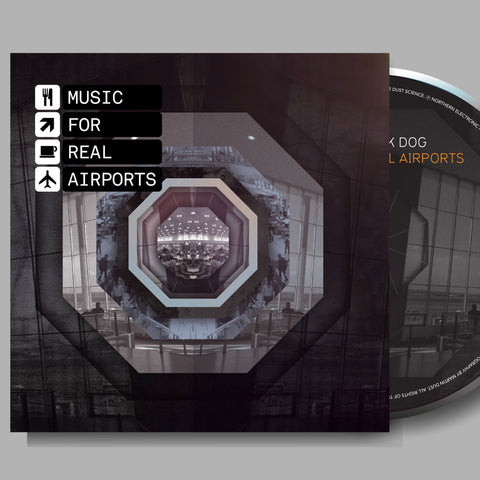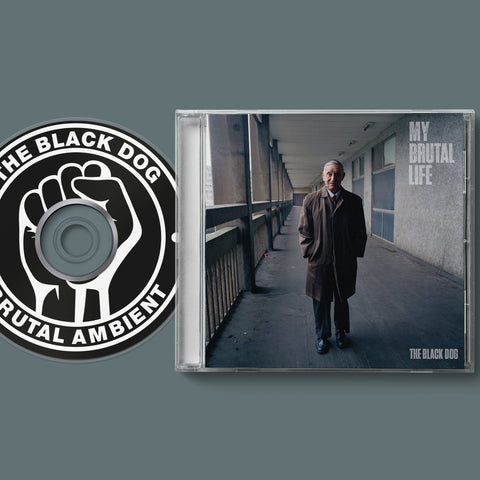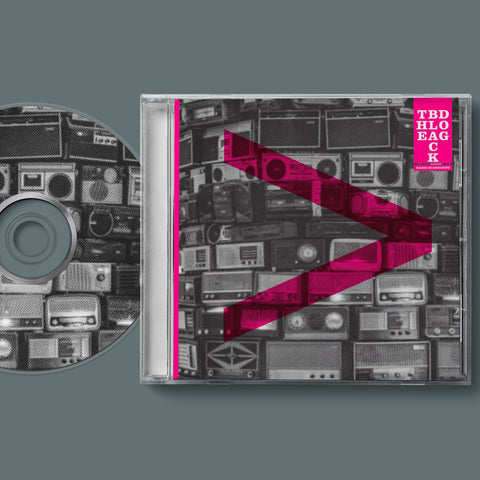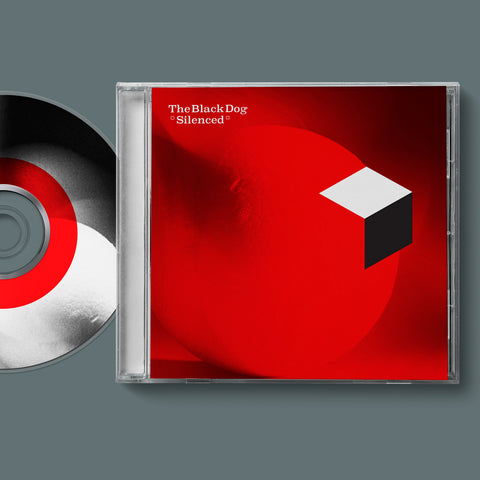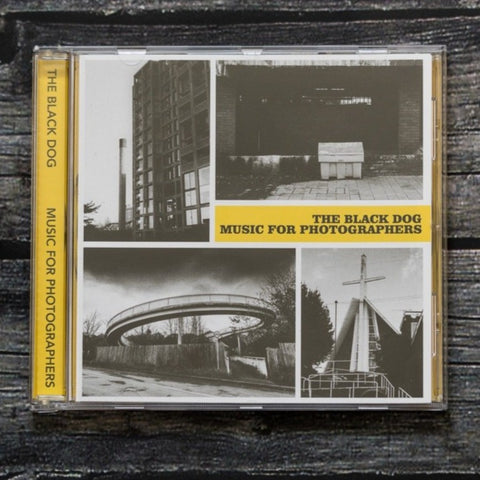Music For Real Airports (Limited Cassette) by The Black Dog
Music For Real Airports (Limited Cassette) by The Black Dog
Purchase this item and get the 16bit WAV & MP3 downloads FREE!
The Black Dog's acclaimed album "Music For Real Airports" is now re-issued on Dust Science, including this very special, limited edition cassette.
Music for Real Airports is a multimedia art project and album by electronic musicians The Black Dog and interactive artists Human. It is a response to the reality and experience of airports and air travel. It's also a contemporary reply to Brian Eno’s idealistic ambient works from the 1970s.
The Intent
Airports are important and revealing. They are dystopian microcosms of a possible future society. The necessity of safety requires that they be systems of human control which only elevate the stress of their transient occupiers. Airports promise travel, exploration and excitement but endlessly break that promise with their stale, tedious pressure. They are intense and overwhelming environments. Anyone who travels by air will have been puzzled by the way that airports tend to reduce us to worthless pink blobs of flesh, the human equivalent of the bags on the conveyor belt. Yet despite the frustration of being in that atmosphere, some of the best aspects of human nature are revealed, alongside some of the very worst.
Airports make for great “people-watching”. Airports have some of the glossiest surfaces in modern culture but the fear underneath remains. Unlike Eno's Music for Airports, this is not an album to be used by airport authorities to pacify their customers. It's not a utilitarian accompaniment to airports, in the sense of reinforcing the false utopia and fake idealism of air travel.
The Album
The resulting album is bittersweet, enveloping and engaging the listener. It is ambient in tone but highly focused. This is not sonic mush, nor is it adolescent noise. Much of the raw material was made in airports over a three-year period. While on tour, The Black Dog made 200 hours of field recordings, much of which was processed and combined with new music in the airport itself, waiting for the next flight. This vast archive was slowly distilled into a set of particularly evocative pieces of music. Composed in large degree of methodical drones, there is little in the way of beats until halfway through - yet rhythm is plentiful within the buzzing synthetic warmth.
This record is not necessarily a comfortable listen, it captures the spectrum of emotions stirred by airports. There may be tension and disappointment, but there is also romance and excitement.

